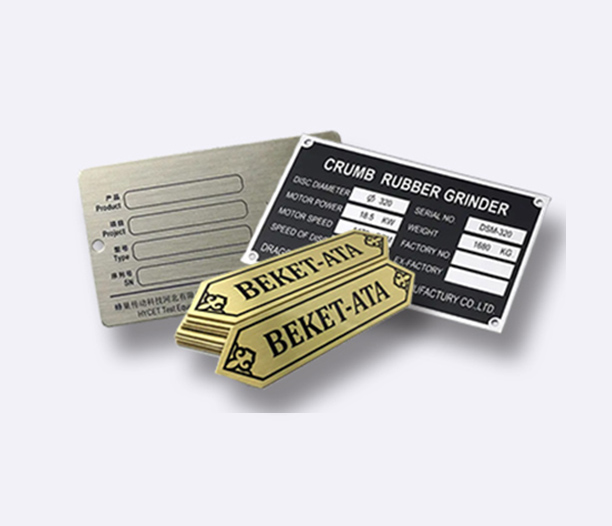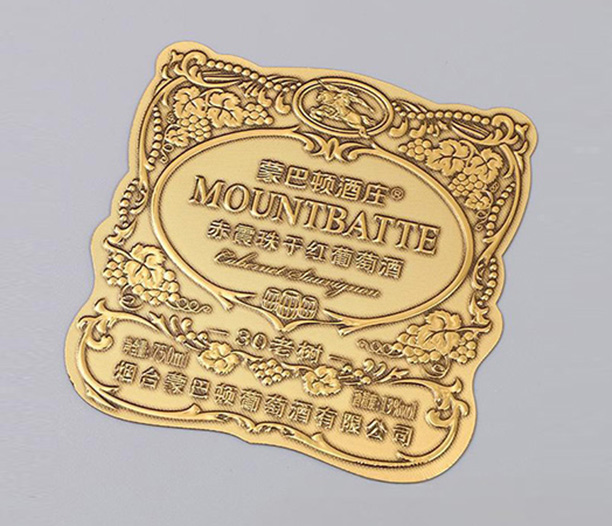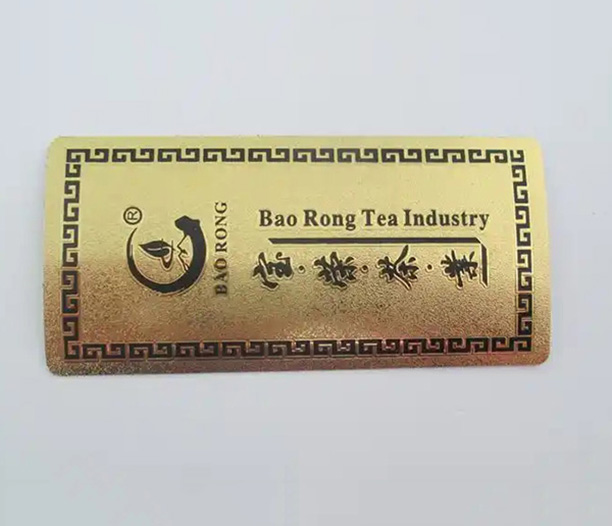In a world where tracking and authenticating assets is crucial for security and operations, metal serial number tags play a pivotal role. These unassuming markers are far more than simple pieces of metal; they are durable, permanent identifiers used across countless industries to track equipment, verify authenticity, and manage inventory. From heavy machinery and aerospace components to high-value IT assets and military gear, metal serial number tags provide a robust solution for identification that can withstand harsh environments where other labels would fail. This article delves into the essential aspects of these tags, explaining why they are a fundamental tool for asset management and security.
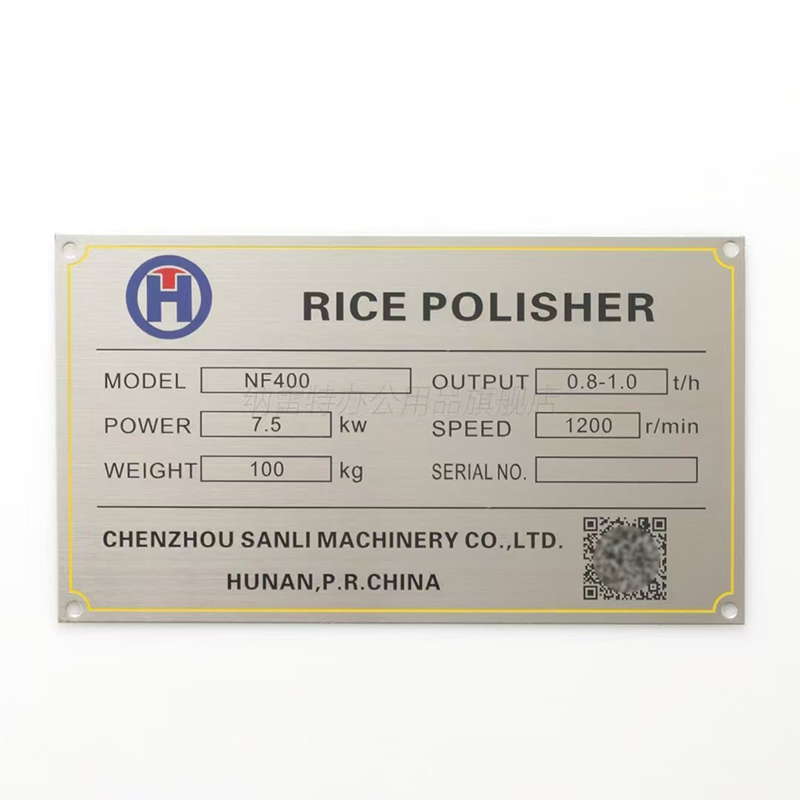
The Core Purpose and Critical Applications of Metal Serial Number Tags
At their heart, metal serial number tags are designed for permanent identification. Each tag is stamped, etched, or engraved with a unique alphanumeric code, creating a one-of-a-kind fingerprint for an asset. This serialization allows for precise tracking throughout an item's entire lifecycle, from manufacturing and deployment to maintenance and eventual decommissioning.
The applications are vast and varied. In manufacturing, they are attached to machinery and tools for maintenance scheduling and theft deterrence. In the aerospace and defense sectors, metal serial number tags are mandatory for tracking parts, ensuring compliance with strict safety regulations, and facilitating recalls. The IT industry uses them to manage servers, routers, and other hardware, while the automotive industry relies on them for Vehicle Identification Numbers (VINs) and part tracking. Essentially, anywhere there is a need for a tamper-resistant, long-lasting identifier, you will find metal serial number tags in use.
A Guide to Common Materials: Choosing the Right Metal for Your Tags
Not all metal serial number tags are created equal. The choice of material is critical and depends on the environment the tag will face. The most common materials include:
Aluminum: This is a lightweight, cost-effective, and corrosion-resistant option. Aluminum tags are often anodized, creating a hard, protective surface that accepts permanent etching beautifully. They are ideal for indoor equipment, electronics, and general-purpose asset tracking where extreme conditions are not a factor.
Stainless Steel: Known for its exceptional strength and superior corrosion resistance, stainless steel is the go-to material for harsh environments. Metal serial number tags made from stainless steel can withstand exposure to chemicals, saltwater, extreme temperatures, and abrasion. They are commonly used in marine applications, chemical processing plants, and outdoor heavy machinery.
Brass and Bronze: These alloys offer good corrosion resistance and have an attractive, classic appearance. They are often chosen for decorative branding, historical plaques, and applications where aesthetics are important alongside functionality.
Nickel Alloys (e.g., Monel): For the most demanding applications, such as those in offshore oil rigs or highly corrosive chemical atmospheres, nickel-alloy metal serial number tags provide the highest level of performance and longevity.
Marking Methods: How Information is Permanently Applied
The method used to mark the serial number onto the tag is what guarantees its permanence. Several techniques are employed, each with its own advantages:
Embossing: This process raises the characters and numbers from the surface of the metal. It creates a highly durable mark that is easy to read, even if the tag's surface is painted over or becomes dirty.
Stamping: Similar to embossing but often done with a press, stamping indents the information into the metal. This creates a strong, permanent mark that is resistant to wear.
Etching (Chemical or Laser): Chemical etching uses acids to dissolve the metal surface, leaving a clean, precise mark. Laser etching uses a high-powered laser to vaporize the metal, creating an extremely accurate and permanent mark ideal for complex logos, barcodes, and 2D data matrix codes alongside the serial number.
Dot Peening: This method uses a stylus to create a series of small, deep dots that form characters and codes. It is a very durable process, especially effective for curved or uneven surfaces.
The Durability and Tamper-Resistance Advantage
The primary reason for choosing metal serial number tags over plastic or paper labels is their inherent durability and resistance to tampering. These tags are engineered to survive where others cannot. They are resistant to:
High Temperatures: Capable of withstanding intense heat in engine bays or industrial ovens.
UV Exposure: They will not fade, crack, or become brittle when exposed to sunlight for years.
Abrasion and Impact: The information remains legible even after being scratched or hit.
Chemicals and Solvents: They can be exposed to oils, fuels, cleaning agents, and other harsh chemicals without the mark degrading.
Furthermore, many metal serial number tags can be fitted with tamper-evident features. Security rivets, specialty adhesives, or destructive vinyl backings ensure that if a tag is removed, it will be visibly destroyed or leave a clear mark on the asset, providing a strong deterrent against theft and fraud.
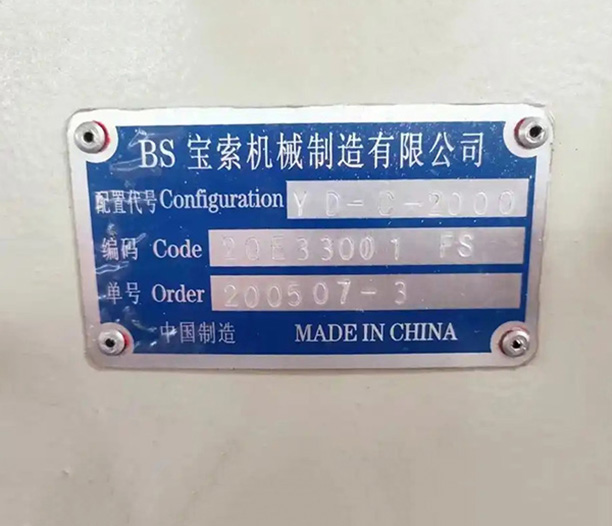
Customization and Additional Features for Enhanced Functionality
Modern metal serial number tags are highly customizable to meet specific needs. Beyond just a serial number, they can be tailored in terms of:
Size and Shape: Tags can be made in virtually any size or shape, from small rectangles to custom die-cut designs that fit a specific part.
Color and Finish: Through processes like anodizing (for aluminum) or using colored laminates, tags can be produced in various colors for color-coding assets or matching corporate branding.
Additional Data: Alongside the unique serial number, tags can include company logos, asset names, manufacturer details, barcodes, QR codes, and 2D data matrix codes. This transforms a simple identifier into a comprehensive data carrier that can be quickly scanned with a mobile device for instant access to an asset's history in a database.
Frequently Asked Questions (FAQ)
Q1: What is the main benefit of using a metal serial number tag over a plastic one?
A1: The main benefit is superior durability and longevity. Metal serial number tags are resistant to extreme temperatures, UV exposure, chemicals, abrasion, and physical impact, ensuring the identification remains legible for the entire lifespan of the asset, unlike plastic tags which can become brittle, fade, or melt.
Q2: Can metal serial number tags include barcodes for scanning?
A2: Absolutely. Modern marking techniques like laser etching can produce high-precision, scannable barcodes, QR codes, and 2D data matrix codes directly onto the surface of the metal serial number tags. This integrates the durability of metal with the efficiency of digital asset tracking.
Q3: How are these tags typically attached to assets?
A3: Metal serial number tags can be attached using several methods. Common options include adhesive backing (often high-strength, industrial-grade adhesive), holes for screws or rivets, welding, or using wires and cables to loop the tag around a component. The best method depends on the asset's surface and the required level of security.
Q4: Are metal tags suitable for outdoor use?
A4: Yes, particularly those made from stainless steel or anodized aluminum. These materials offer excellent corrosion resistance, making them perfectly suited for long-term outdoor exposure to rain, snow, salt spray, and sunlight.
Q5: What information do I need to provide when ordering custom metal serial number tags?
A5: To order custom tags, you should be prepared to specify the material (e.g., aluminum, stainless steel), the marking method (e.g., etching, stamping), the size and thickness, the attachment method, and the artwork or data to be included (serial number sequence, logos, barcodes, etc.).



